Gold nanoparticles have shown promise in cancer therapy due to their unique properties that can be utilized in various ways for treatment.
Some applications of gold nanoparticles in cancer therapy include:
1. Drug Delivery: Gold nanoparticles can be loaded with chemotherapy drugs and targeted to specific cancer cells, enhancing drug delivery efficiency and reducing systemic toxicity.
2. Photothermal Therapy: Gold nanoparticles can absorb near-infrared light and convert it into heat, leading to localized hyperthermia that can destroy cancer cells while sparing healthy tissue.
3. Radiotherapy Enhancement: Gold nanoparticles can enhance the effectiveness of radiation therapy by acting as radiosensitizers, increasing the damage inflicted on cancer cells.
4. Imaging: Gold nanoparticles can serve as contrast agents in imaging techniques such as CT scans and photoacoustic imaging, aiding in cancer diagnosis and monitoring treatment response.
5. Theranostics: Combining therapeutic and diagnostic capabilities, gold nanoparticles can be used for theranostic purposes, allowing for personalized cancer treatment approaches.
Overall, the use of gold nanoparticles in cancer therapy holds great potential for improving treatment outcomes and reducing side effects associated with traditional cancer therapies.
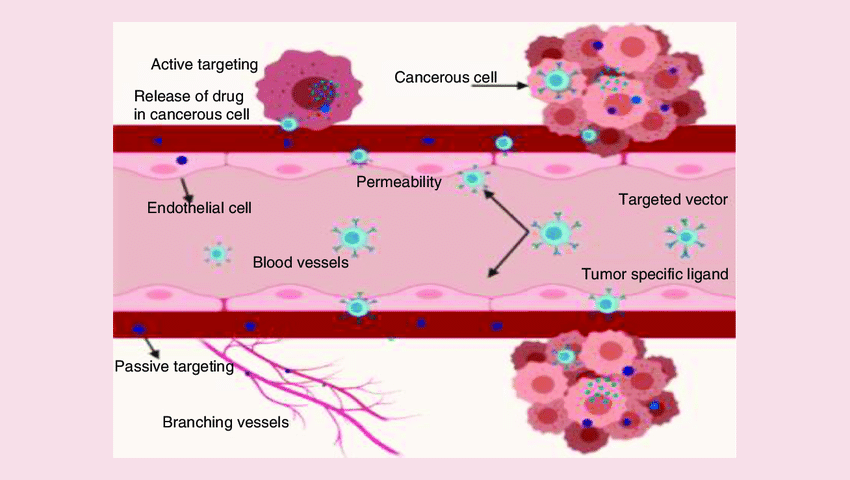
Gold nanoparticles can be used in imaging techniques
Gold nanoparticles can be used in imaging techniques to monitor the response of tumors to treatment, guiding personalized therapy plans.
Gold nanoparticles are effective in cancer diagnosis through various mechanisms, such as:
1. Imaging Contrast Agents: Gold nanoparticles can be used as contrast agents in imaging techniques like CT scans, MRI, and photoacoustic imaging. Their unique optical properties enhance imaging quality and provide clearer visualization of cancerous tissues.
2. Biosensors: Functionalized gold nanoparticles can be used as biosensors to detect specific biomarkers or molecules associated with cancer. Changes in the nanoparticles’ properties can indicate the presence of cancer cells, aiding in early diagnosis.
3. Surface-Enhanced Raman Scattering (SERS): Gold nanoparticles can enhance the Raman signals of molecules attached to their surfaces. This technique, known as SERS, allows for highly sensitive and specific detection of cancer biomarkers, enabling early diagnosis.
4. Theranostics: Gold nanoparticles can combine diagnostic and therapeutic capabilities in theranostic approaches. By incorporating imaging agents and therapeutic payloads, they can not only diagnose cancer but also deliver targeted treatments based on the diagnostic information.
In summary, the unique optical and surface properties of gold nanoparticles make them valuable tools for improving the accuracy and sensitivity of cancer diagnosis through various imaging and sensing techniques.
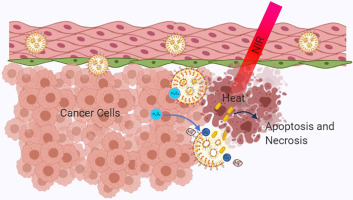
Targeted Photodynamic Therapy
Gold nanoparticles can be utilized to enhance the selectivity and efficacy of photodynamic therapy in cancer treatment.
To enhance the use of gold nanoparticles for cancer detection, the following methods and strategies can be employed:
1. Development of Sensory Nanosensors: Designing and developing sensory nanosensors based on gold nanoparticles that can detect specific diseases such as cancer. These nanosensors can accurately detect molecular changes associated with cancer.
2. Integration with Molecular Imaging: Using gold nanoparticles as molecular aging agents that can provide more accurate imaging and better tracking of cancerous tumors.
3. Utilizing Artificial Intelligence and Deep Learning: Leveraging artificial intelligence algorithms and deep learning to analyze data obtained from gold nanoparticles and improve the accuracy of cancer detection.
4. Combination with Other Technologies: Combining gold nanoparticles with other technologies such as stem cells, antibodies, or drugs to increase the precision and efficiency of cancer detection.
By utilizing these various methods and strategies, the use of gold nanoparticles in cancer detection can be improved to provide more accurate and effective results.
In addition to using gold nanoparticles, other methods for targeted drug delivery in the body include:
1. Drug Nanoparticles: Using drug nanoparticles for delivering drugs to specific areas of the body. These nanoparticles can transport drugs to target areas, improving effectiveness and reducing side effects.
2. Liposomes: Lipid structures that can target drug delivery in the body. This method can enhance drug transport to target cells and reduce side effects.
3. Targeted Polymers: Using targeted polymers for drug delivery to specific areas of the body. These polymers can retain drugs in the target area until the appropriate time, increasing their effectiveness.
4. Polymeric Nanoparticles: Utilizing polymeric nanoparticles for transporting drugs to specific areas of the body. These nanoparticles can stimulate targeted drug delivery and enhance their effectiveness.
All of these methods contribute to increasing the precision, efficiency, and effectiveness of drug delivery to the required areas inb the body.
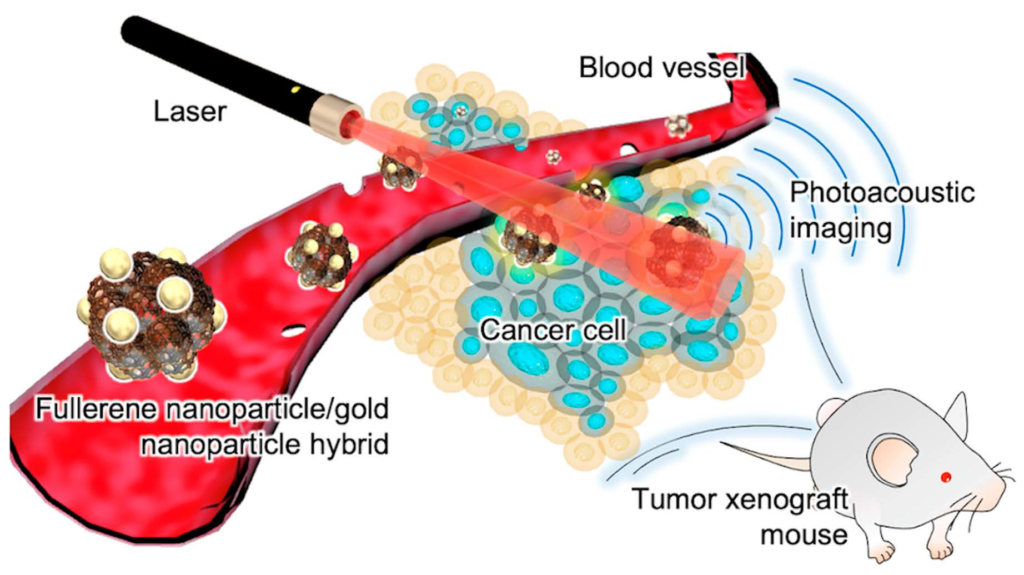
gold nanoparticles for safer cancer therapy
Enhanced Biocompatibility : Surface modifications of gold nanoparticles improve their biocompatibility for safer cancer therapy applications.
Gold nanoparticles have shown promising applications in cancer therapy due to their unique properties. They can be utilized in the following areas:
1. Drug Delivery: Gold nanoparticles can be functionalized with anti-cancer drugs and targeted to specific tumor sites, enhancing drug delivery efficiency and reducing side effects.
2. Photothermal Therapy: Gold nanoparticles can absorb near-infrared light and convert it into heat, which can selectively destroy cancer cells through photothermal therapy.
3. Imaging: Gold nanoparticles can be used as contrast agents in imaging techniques such as computed tomography (CT) scans to improve the visualization of tumors.
4. Radiotherapy Enhancement: Gold nanoparticles can enhance the effects of radiotherapy by increasing the absorption of radiation by cancer cells, leading to improved treatment outcomes.
5. Biosensing: Gold nanoparticles can be employed in biosensors for the detection of cancer biomarkers, allowing for early diagnosis and monitoring of cancer progression.
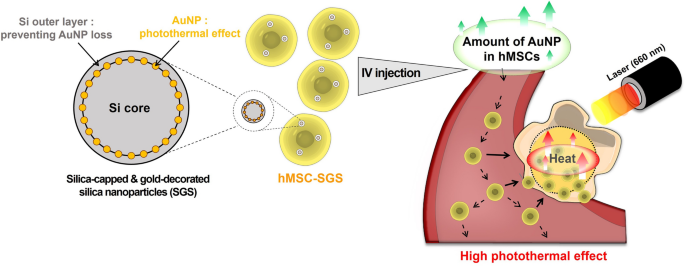
Gold nanoparticles modulate the immune response
Immune System Modulation: Gold nanoparticles can modulate the immune response to improve the body’s ability to fight cancer.
1. Targeted Drug Delivery: Gold nanoparticles can be functionalized to deliver anti-cancer drugs directly to tumor cells, improving treatment efficacy.
2. Photothermal Therapy Enhancement: Gold nanoparticles can absorb light and convert it into heat, selectively destroying cancer cells in photothermal therapy.
3. Radiosensitization: Gold nanoparticles enhance the effects of radiation therapy by increasing radiation absorption in cancer cells.
4. Early Cancer Detection: Gold nanoparticles can be used in biosensors for the early detection of cancer biomarkers, enabling timely diagnosis.
5. Theranostic Applications: Gold nanoparticles serve as both therapeutic agents and imaging contrast agents for personalized cancer treatment.
6. Combination Therapy: Gold nanoparticles can be used in combination with other cancer treatments to enhance overall therapeutic outcomes.

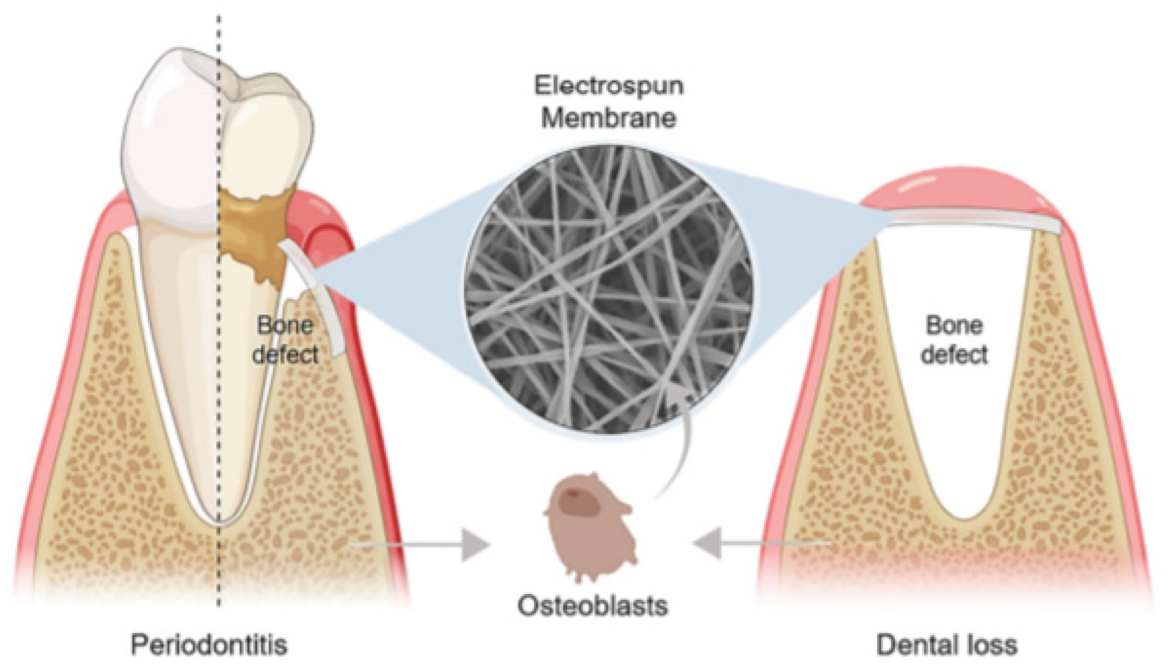
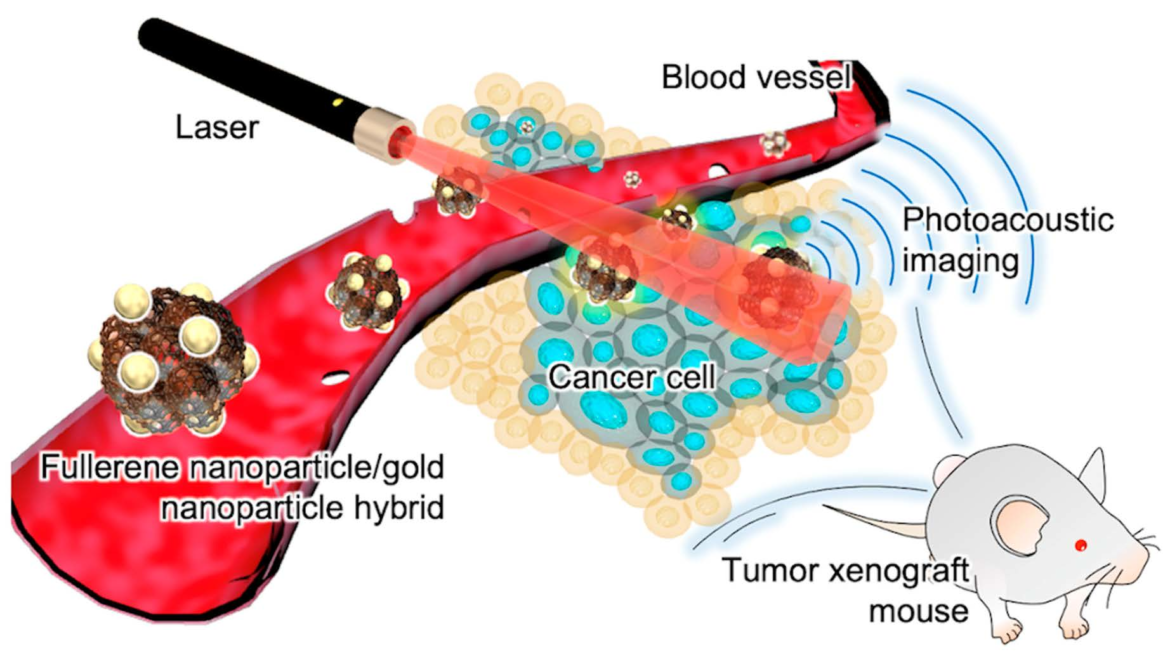
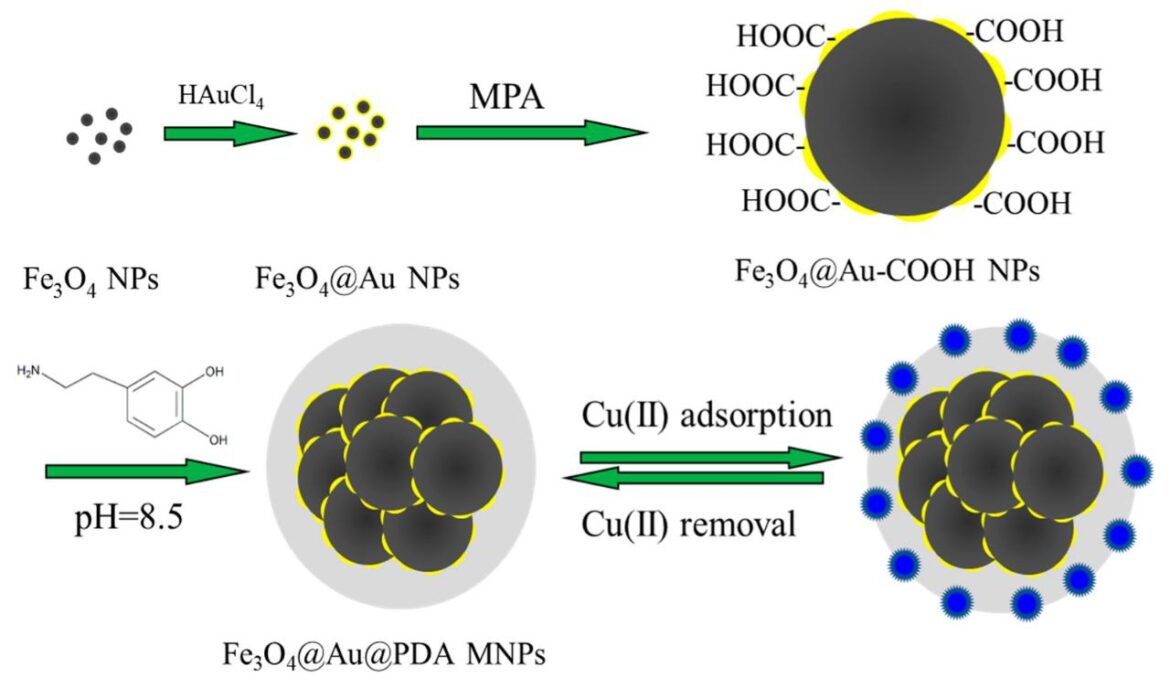
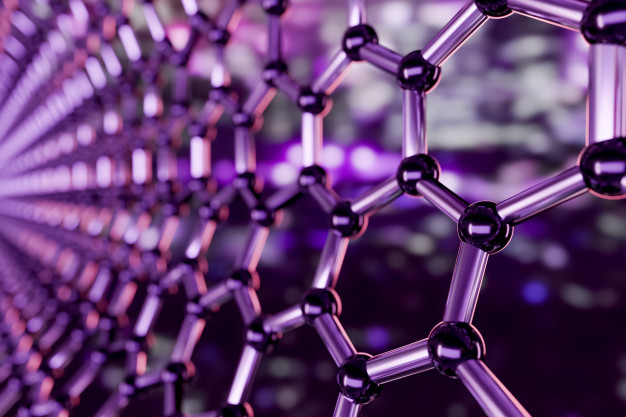
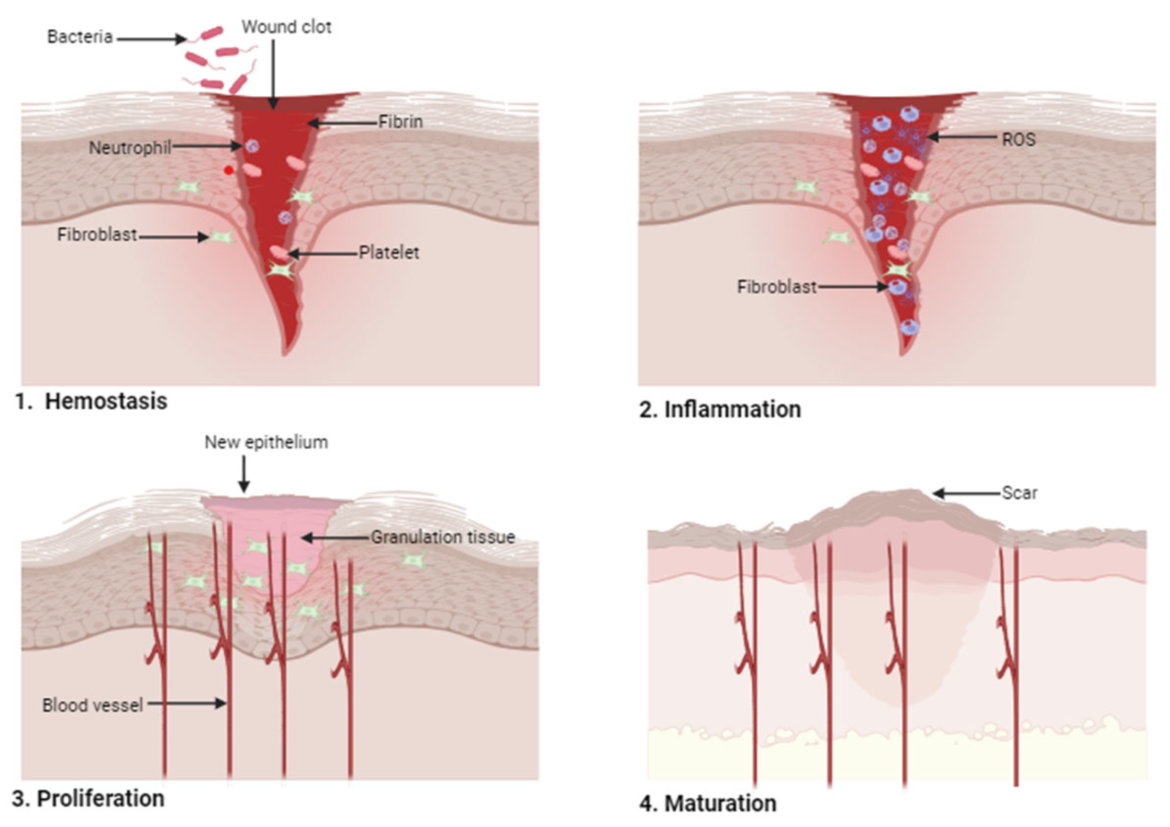
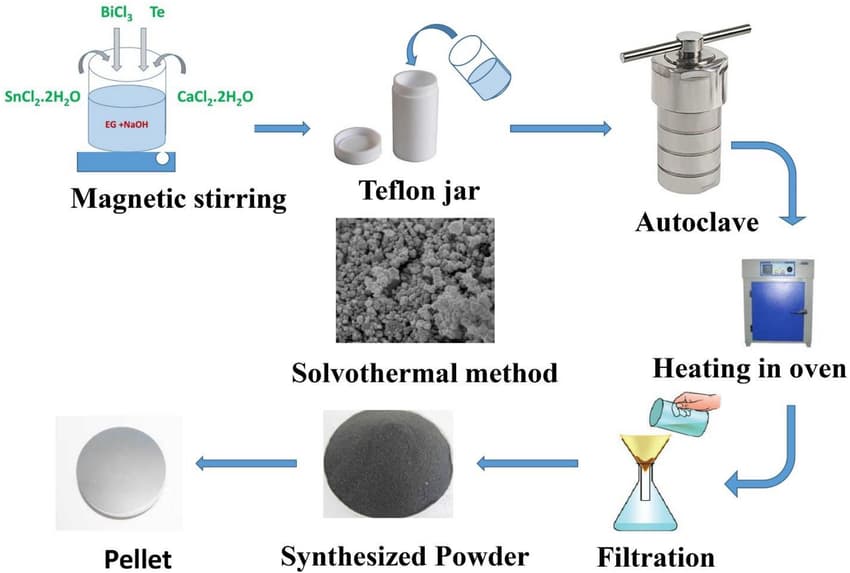
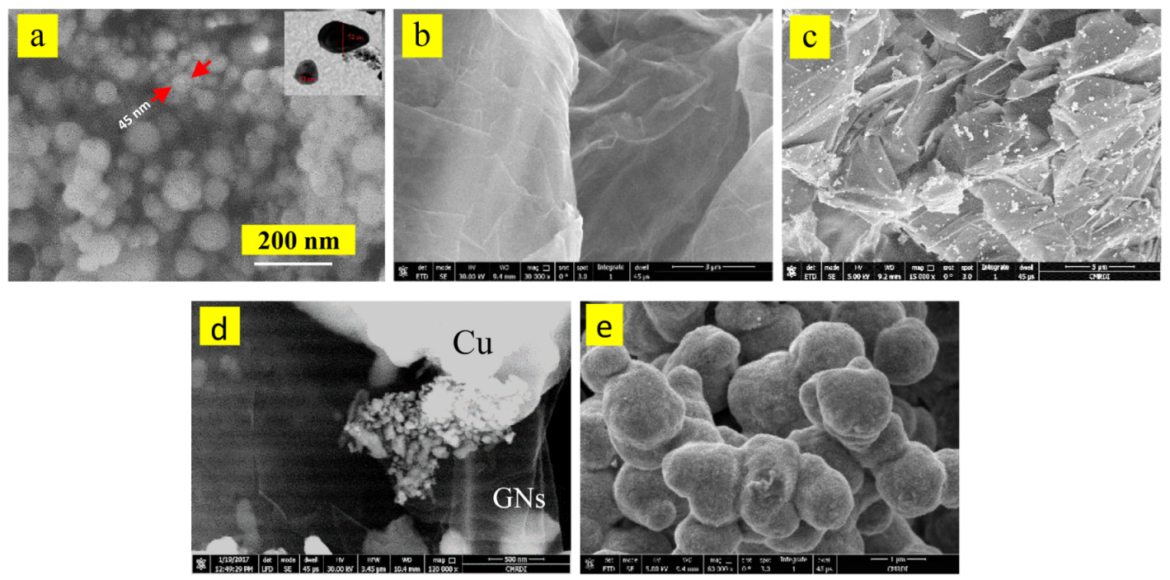
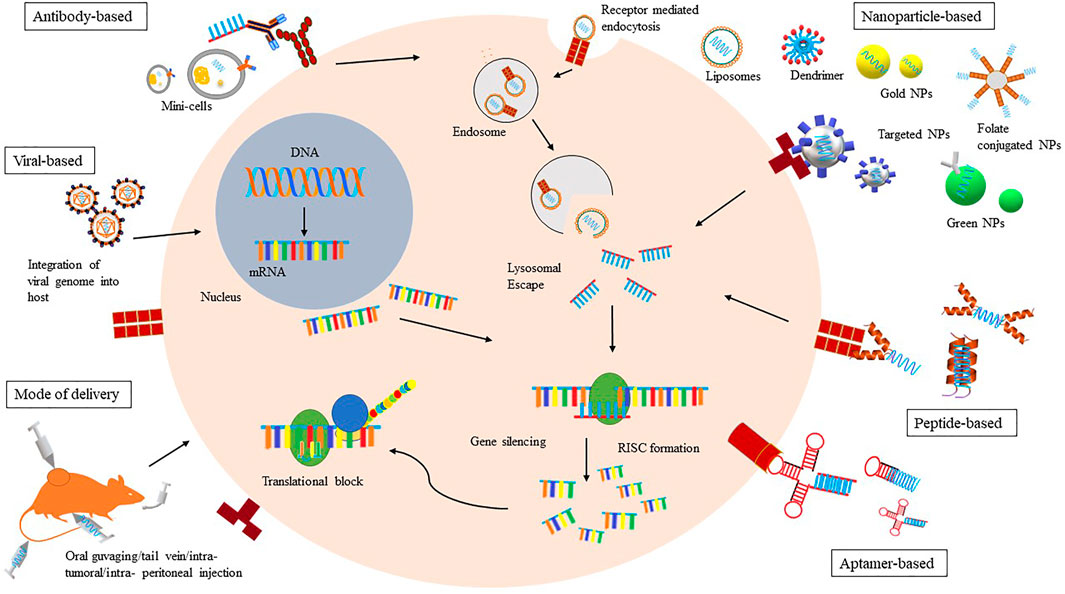
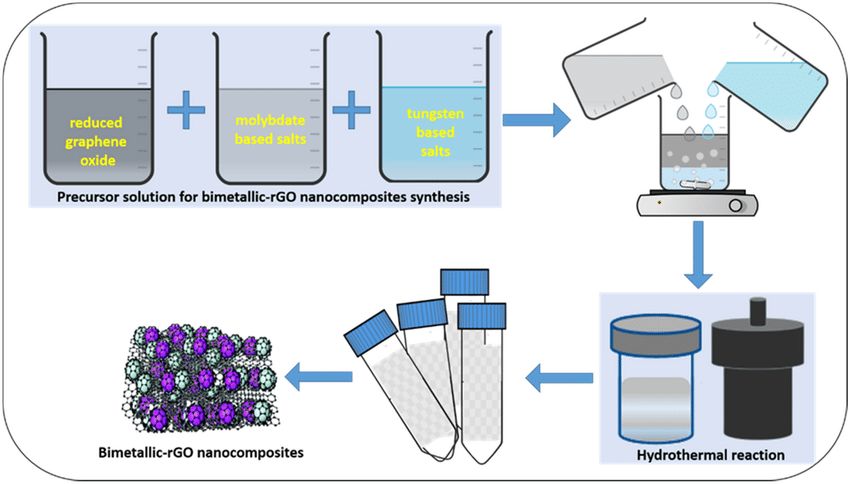
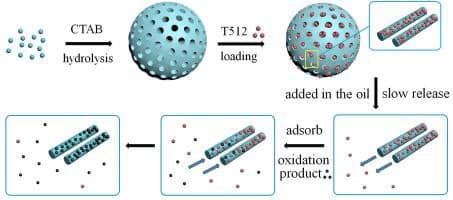
Your comment submitted.